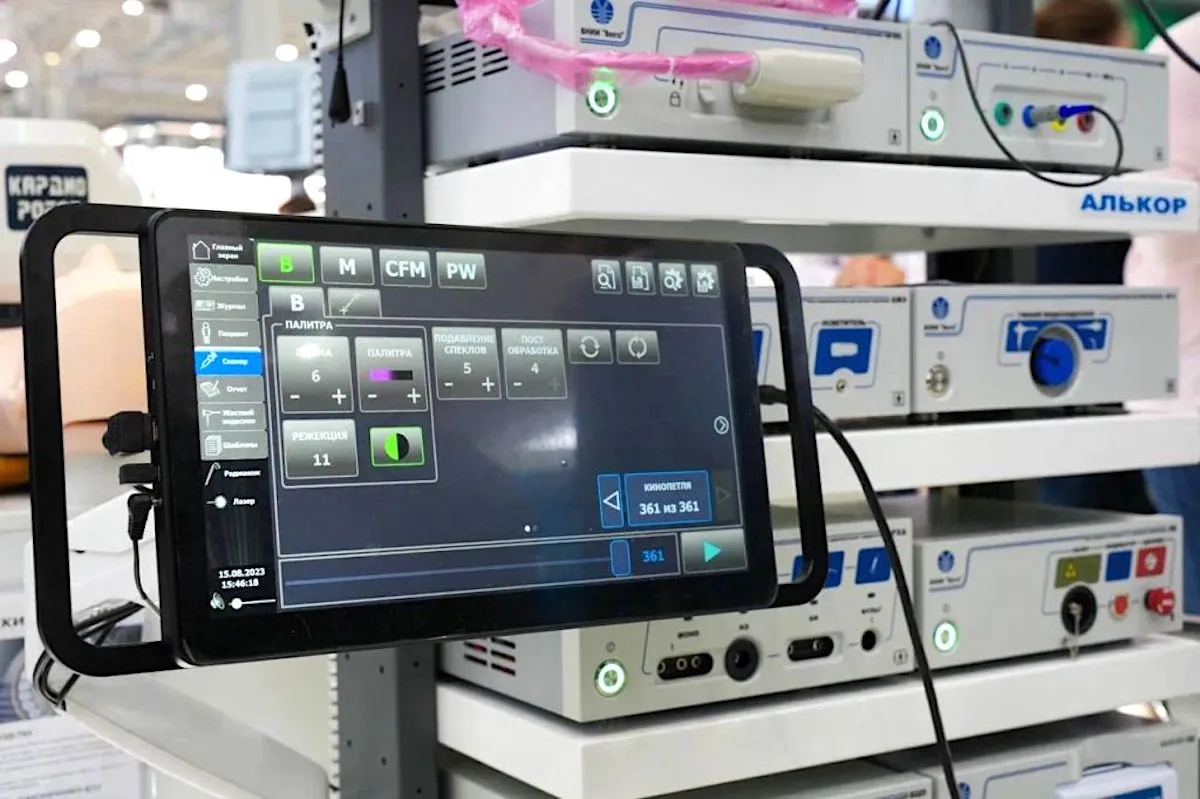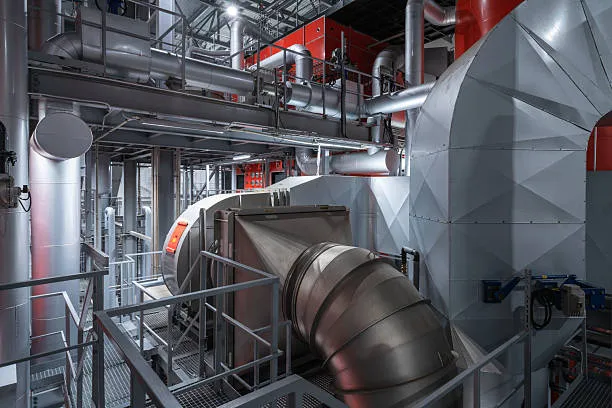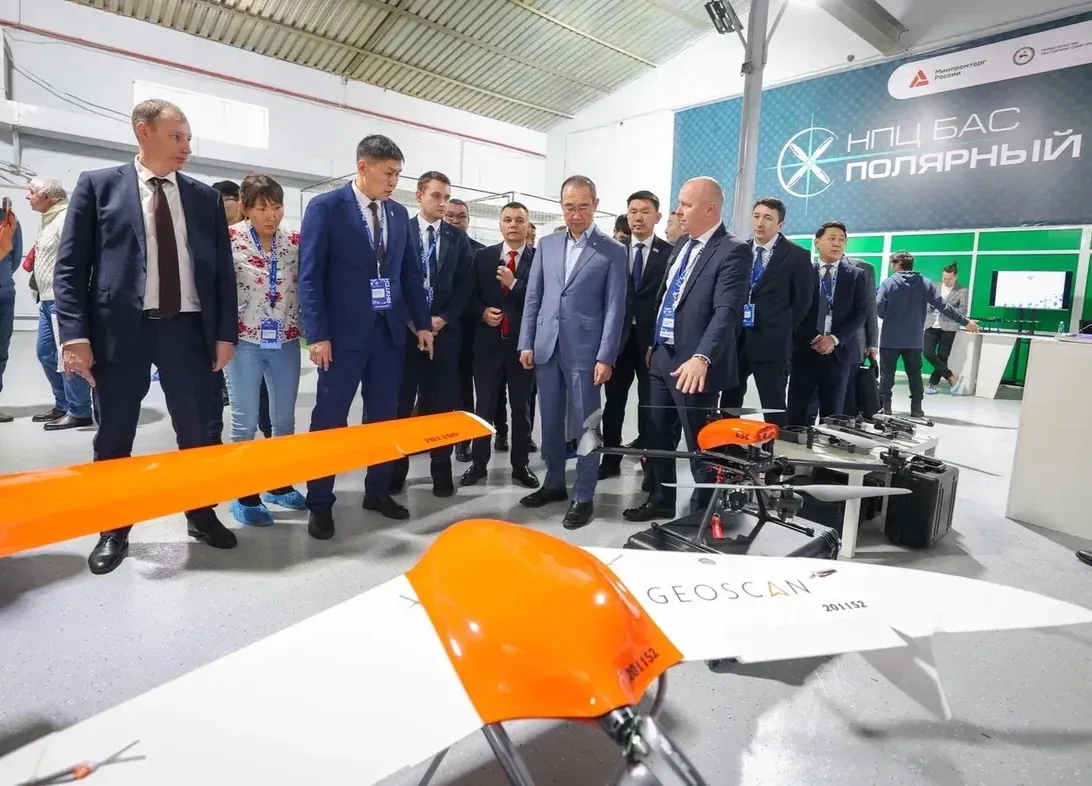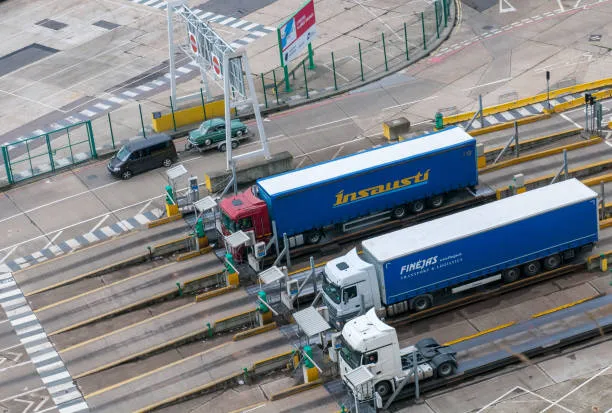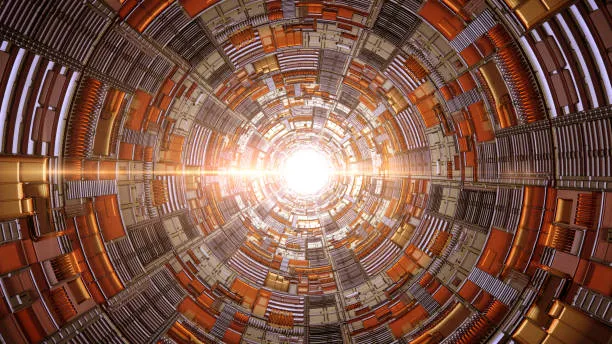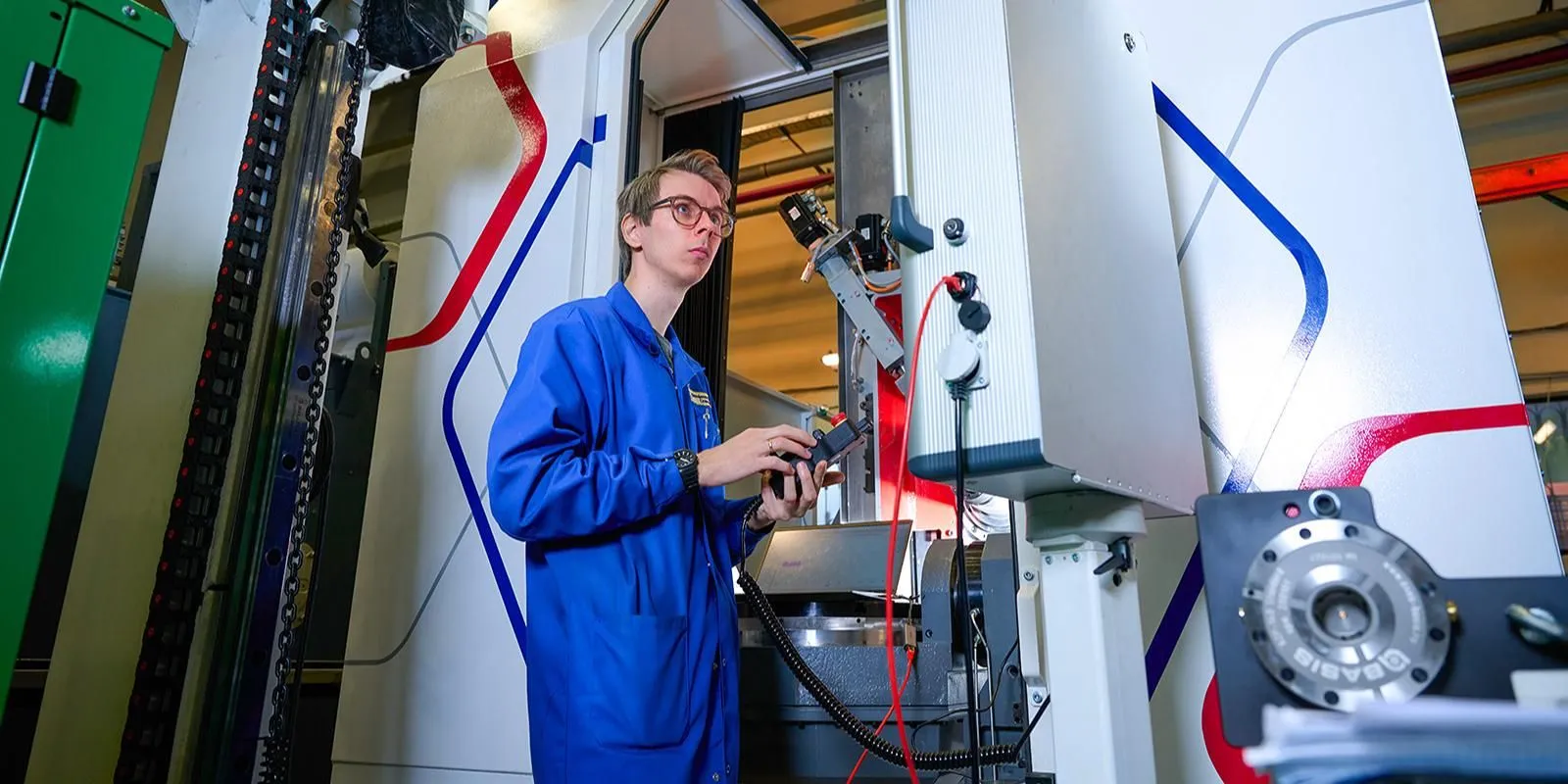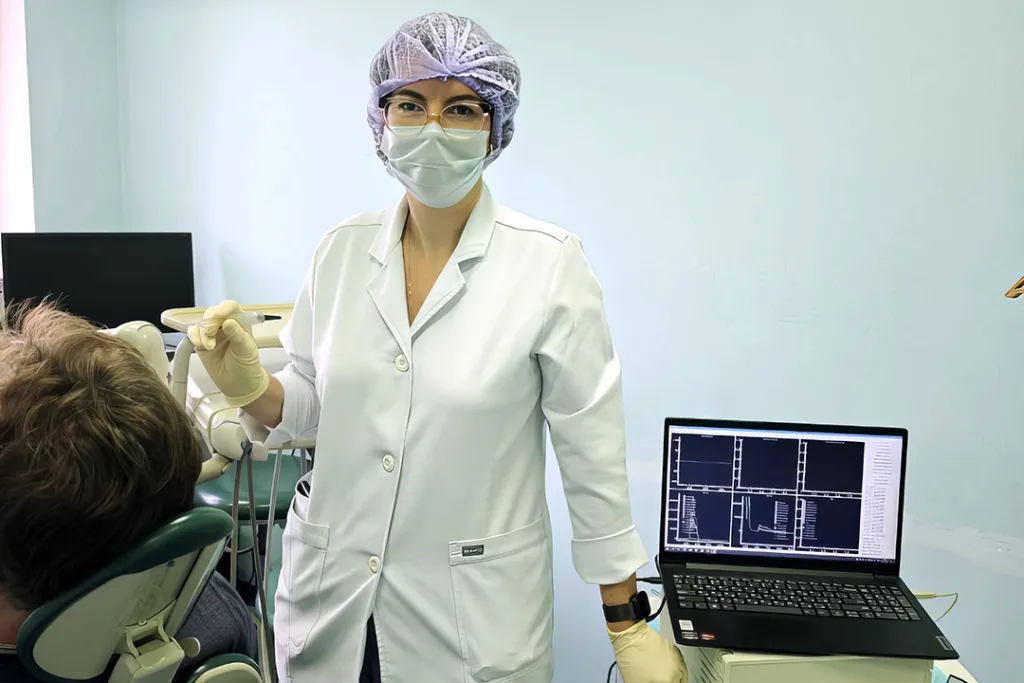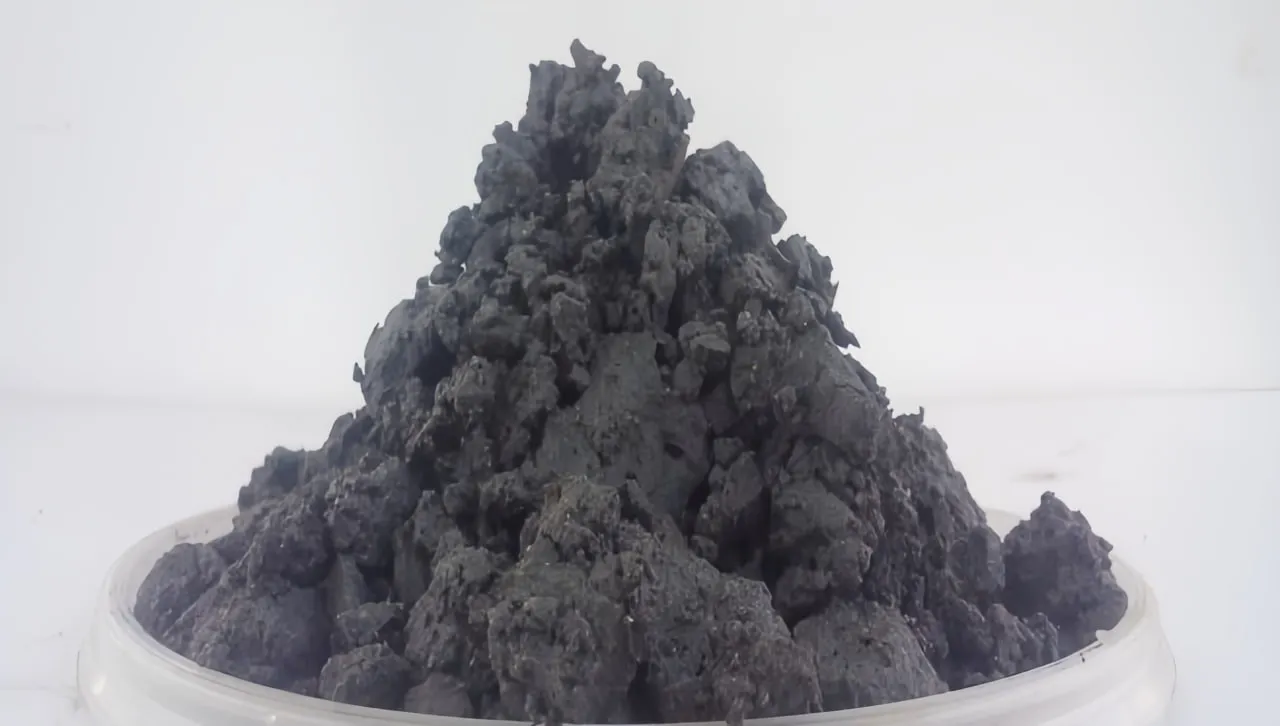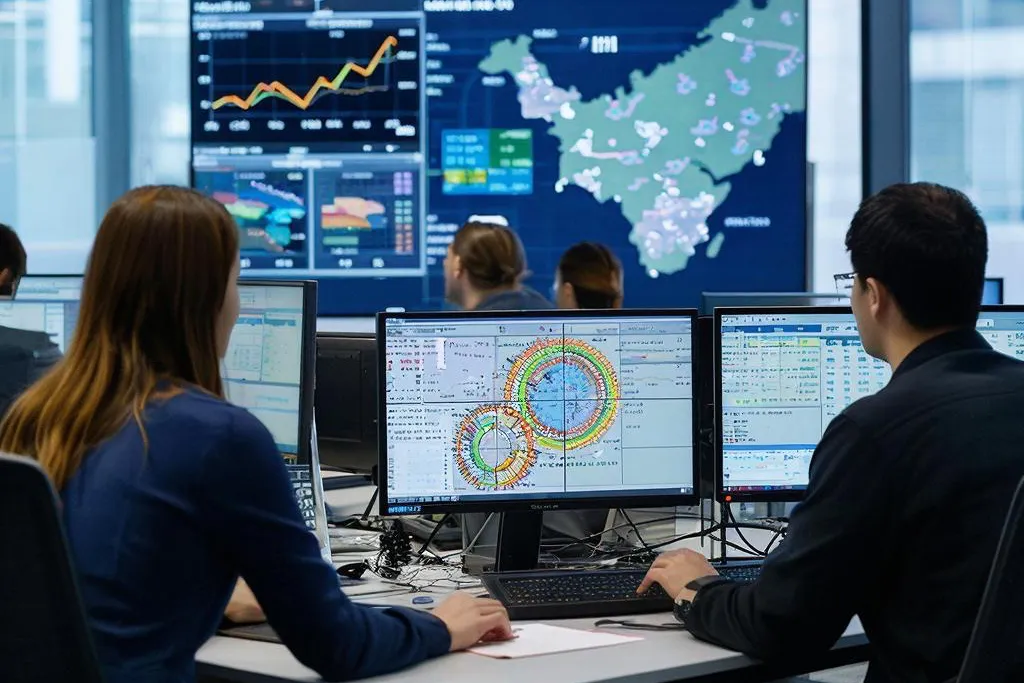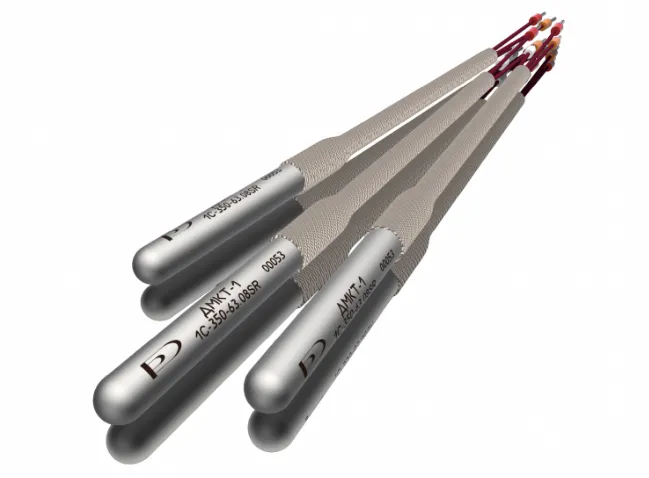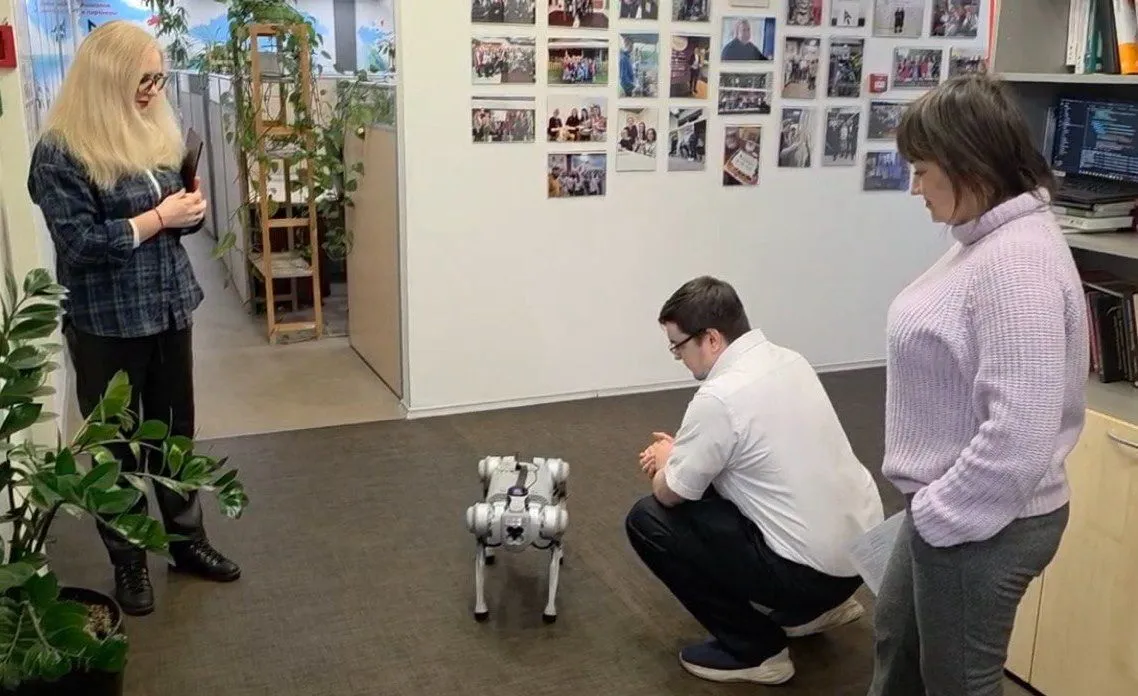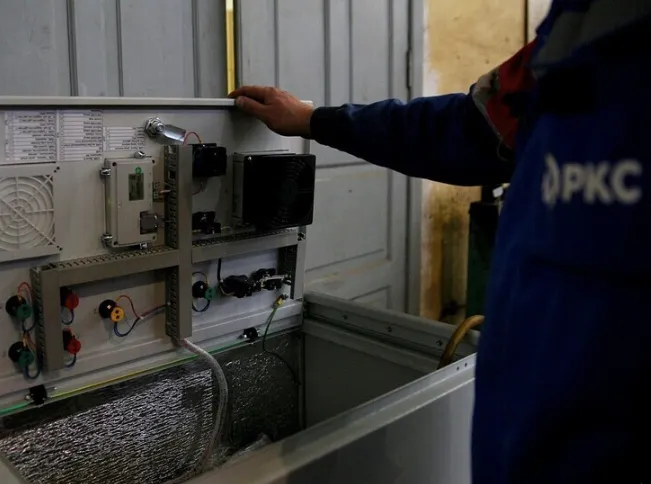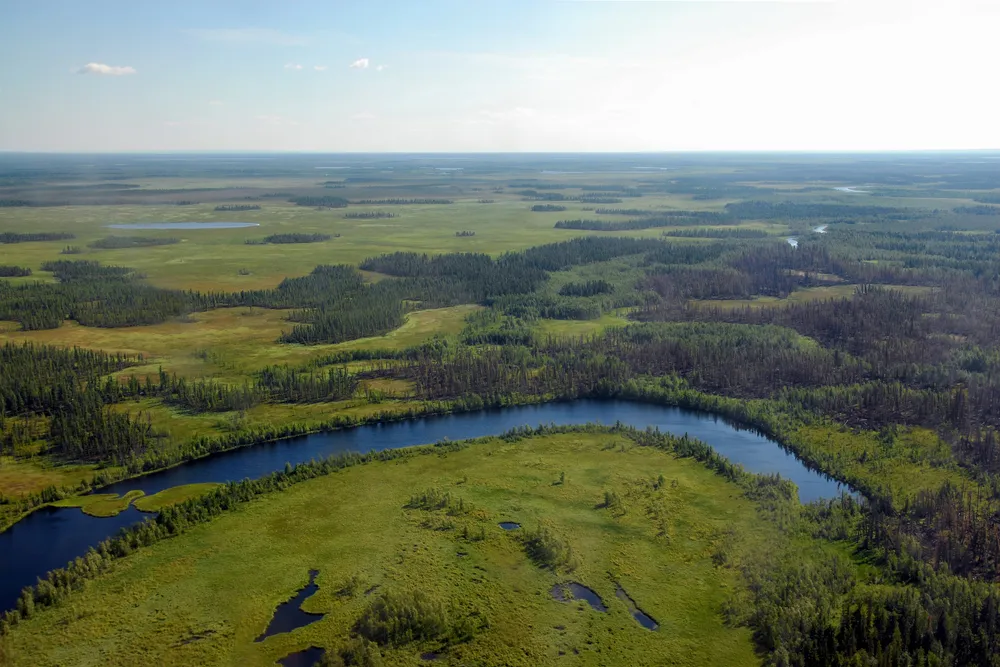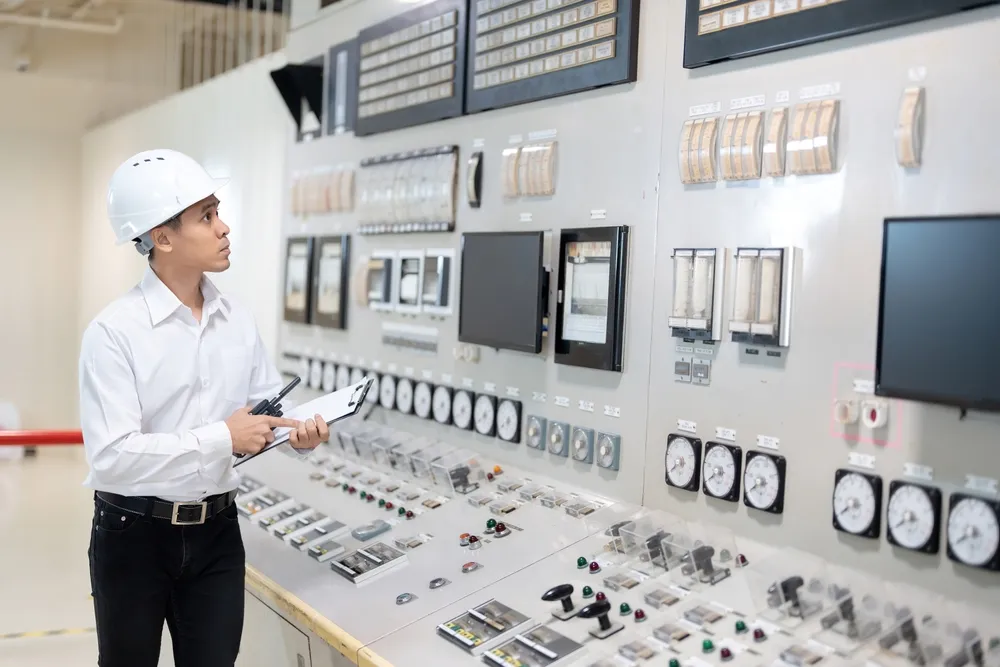Russia Builds AI System to Predict and Reduce Industrial Emissions
A digital twin powered by artificial intelligence helps one of the country’s largest mining firms minimize its environmental footprint.
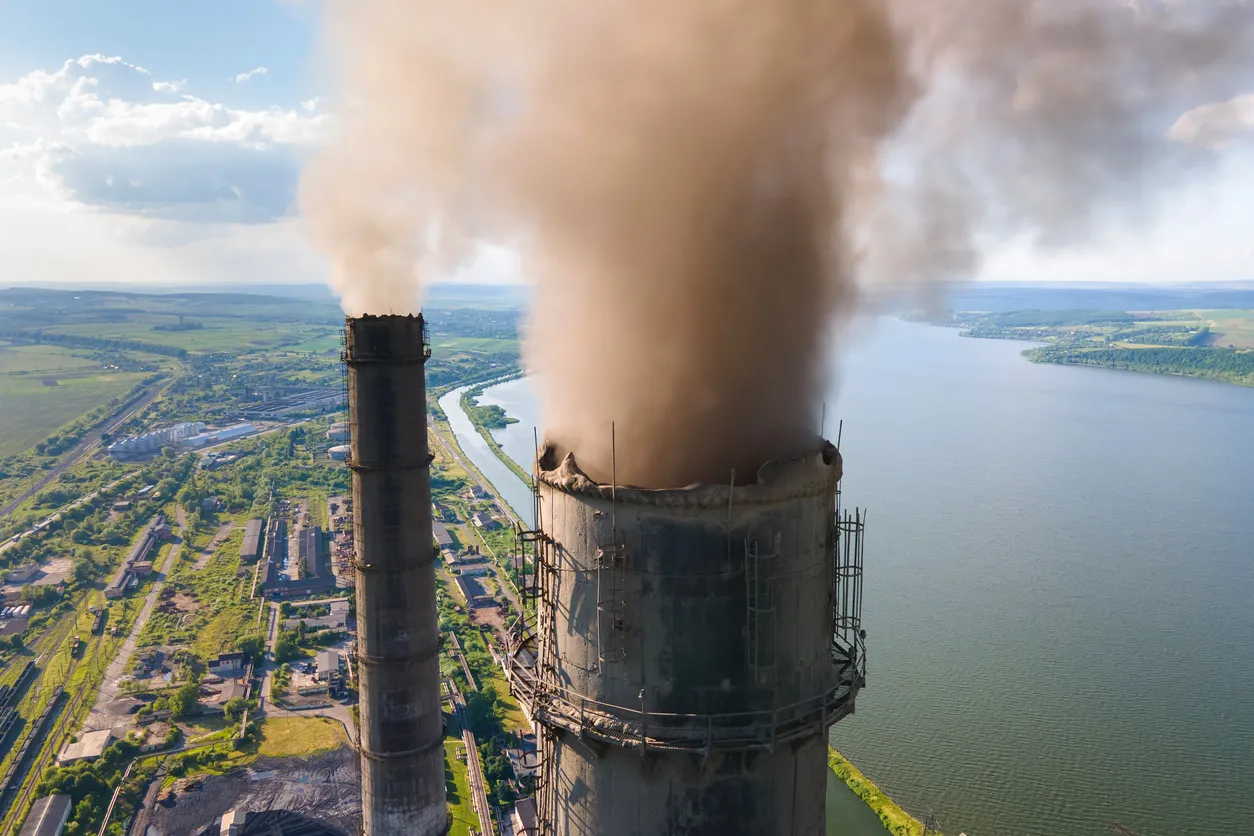
Russian mining giant Nornickel has introduced a new AI-driven environmental management system that predicts, monitors, and reduces industrial emissions in real time. The technology — built around digital twin models of industrial sites — helps forecast pollution levels and adjust production processes to minimize their impact on surrounding ecosystems.
During a meeting with President Vladimir Putin, Nornickel CEO Vladimir Potanin said the system is already improving air quality in regions where the company operates. “We’re not just meeting environmental standards,” he said. “We’re using technology to act ahead of potential risks.”
Forecasting Pollution Before It Happens
At the core of the system are predictive AI models that simulate how emissions behave under different weather and wind conditions. By analyzing these factors, the digital twin determines the optimal timing and volume of emissions, ensuring they disperse safely and efficiently.
The company says this approach not only helps meet regulatory requirements but also creates a new standard for sustainable industrial operations. Even legally permitted discharges are now planned based on wind direction and meteorological forecasts, reducing their environmental impact.
For Russia — one of the world’s largest producers of metals and minerals — Nornickel’s system represents a shift toward intelligent environmental management, where artificial intelligence becomes as vital as physical infrastructure.




